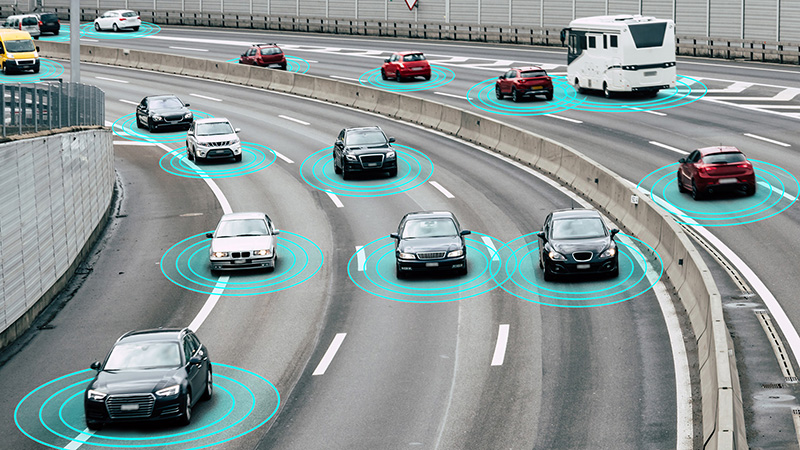October 23, 2017
TUSCALOOSA, Ala. — Advanced technology used to make traveling safer and more efficient is the focus of a new project led by The University of Alabama and the Alabama Department of Transportation.
Tuscaloosa is the first city in Alabama to install the technology that will collect data for research used to decrease travel time, reduce vehicle crashes and lay the groundwork for future self-driving vehicles.
“We expect significant advances in the U.S. transportation system during the next 10 years, made possible through many of the technologies currently being tested in Alabama,” said Dr. Bharat Balasubramanian, executive director of The University of Alabama’s Center for Advanced Vehicle Technologies.
“Some of the benefits we will see from these advances are improved safety, optimized traffic flow and better fuel economy.”
Balasubramanian, who is also a UA engineering professor, retired as vice president of research from the German automotive corporation Daimler in 2012 after nearly 40 years of service. He and his colleagues at the Alabama Transportation Institute will be key contributors to the advanced vehicle technology project underway in Tuscaloosa.
The project involves installing infrastructure components, known as dedicated short-range communication radios, or DSRC radios, into 85 traffic signals throughout Tuscaloosa and Northport. The first 50 units are scheduled to be implemented this fall.
One useful application of this vehicle to infrastructure connectivity could be red light warnings in vehicles, similar to current collision warnings already installed in newer models.
Only vehicles containing the corresponding DSRC units can communicate with the infrastructure radios. Currently, this equipment does not appear in standard production vehicles, but it is anticipated that the technology will become available over the next decade.
Initially, the units will be set up to send information only from infrastructure to vehicles, and not yet from vehicles to infrastructure. DSRC units are unable and not designed to retain or gather any personal information.
The information gathered through the system will allow faculty, staff and students at the University to study signal phase and timing data, or SPaT messages. These studies will lead to greater interaction between vehicles and traffic signals to communicate information like road conditions or changing signals.
The study is in response to a national challenge by American Association of State Highway and Transportation Officials to install 20 DSRC radios in every state by 2020.
“This innovative use of technology is a prime example of how we can use data to improve the lives of people in our community,” Tuscaloosa Mayor Walt Maddox said. “Not only will it aid in personal convenience, but it could also help keep businesses on schedule and further transportation research.”
Multiple research centers within the University will be involved in the project, including the Center for Advanced Vehicle Technology, the University Transportation Center for Alabama, the Center for Advanced Public Safety and the Alabama Transportation Institute.
The University is working with local, state and federal government agencies, as well as automotive manufactures, on these studies.
“Our goal is to be one of the most advanced transportation systems in the country,” said Nick Crane, ALDOT’s Transportation Systems Management and Operations Manager. “With the collaborative culture and resources available, we feel that our goals are achievable.”
Engineering, Research